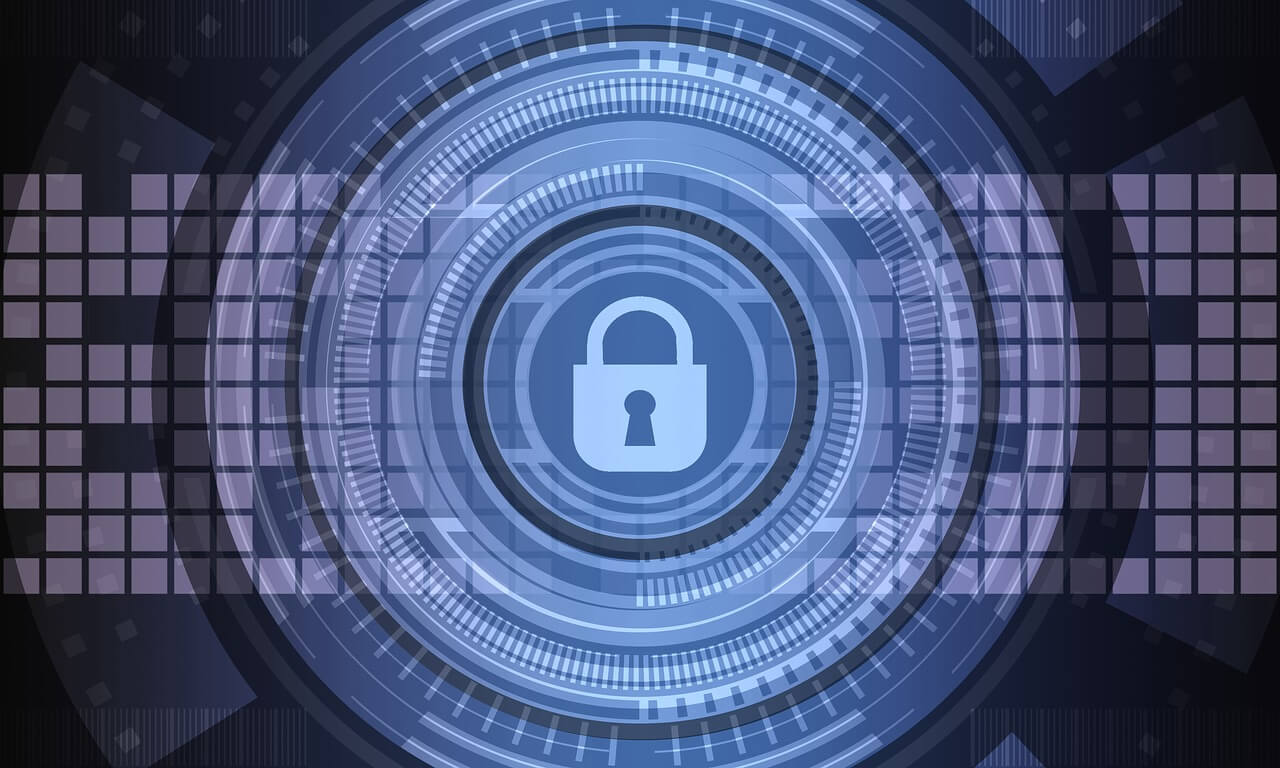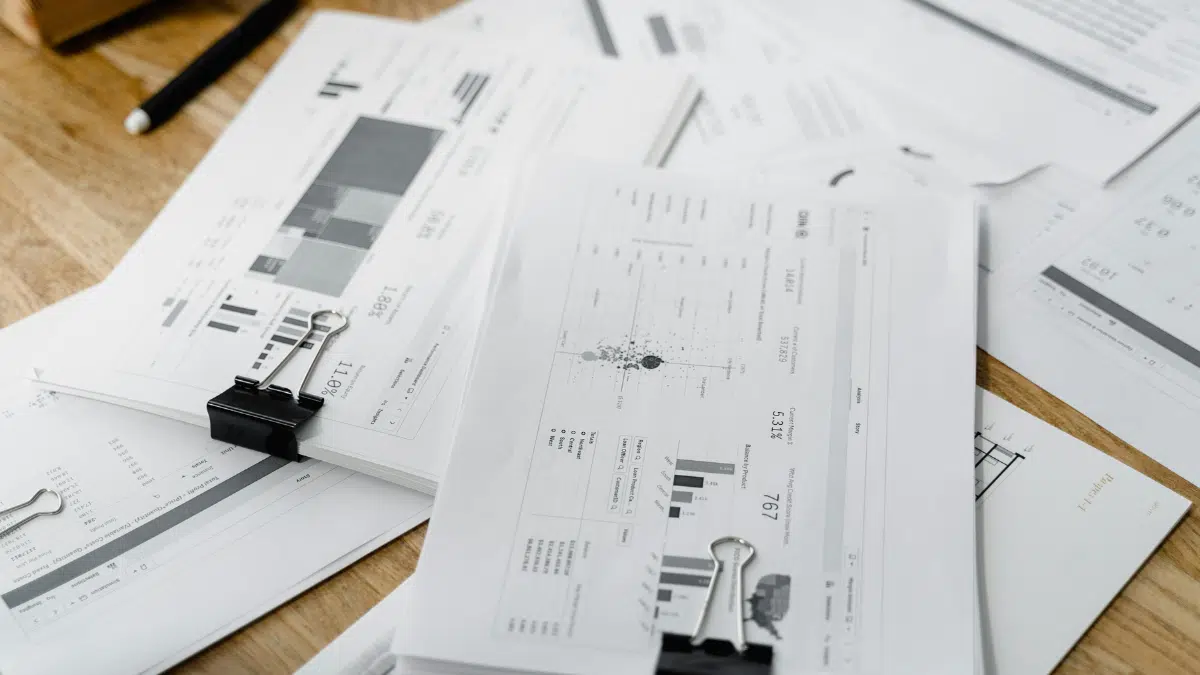
Luk Arbuckle, a member contributor of the International Association of Privacy Professionals (IAPP) discusses the new standard for anonymizing personal data that has been developed by the International Organization for Standardization (ISO). The standard, ISO/IEC 29184:2021, aims to provide a clear and comprehensive framework for organizations to use when anonymizing personal data.
Anonymization is the process of removing identifying information from personal data to protect individual privacy and comply with data protection regulations. However, it can be tricky to achieve true anonymity, as it is often possible to re-identify individuals by combining different datasets.
The ISO standard provides guidance on how to assess the risk of re-identification and how to choose appropriate anonymization techniques to minimize that risk. It also sets out requirements for documenting the anonymization process and evaluating its effectiveness.
One important feature of the standard is that it recognizes that different types of personal data require different levels of protection. For example, data that is inherently identifiable (such as a person’s name or social security number) may require stronger anonymization measures than data that is less directly linked to an individual (such as their browsing history).
The standard also highlights the need for ongoing monitoring and re-evaluation of the anonymization process, as new techniques for re-identification may emerge over time.
Arbuckle also alludes to the future of this new standard in a LinkedIn post,
“Industry, governments, and regulators now have an agreed-upon framework to leverage for assessment and implementation purposes. In the meantime, privacy models will continue to be refined to produce safe, timely, and useful data at scale, and will play an important role in the deidentification framework. And, in five years’ time, this standard will be reviewed and updated to ensure it remains current with best practices, making it a valuable resource now and into the future.”
For more information, read the full article from the IAPP here.





